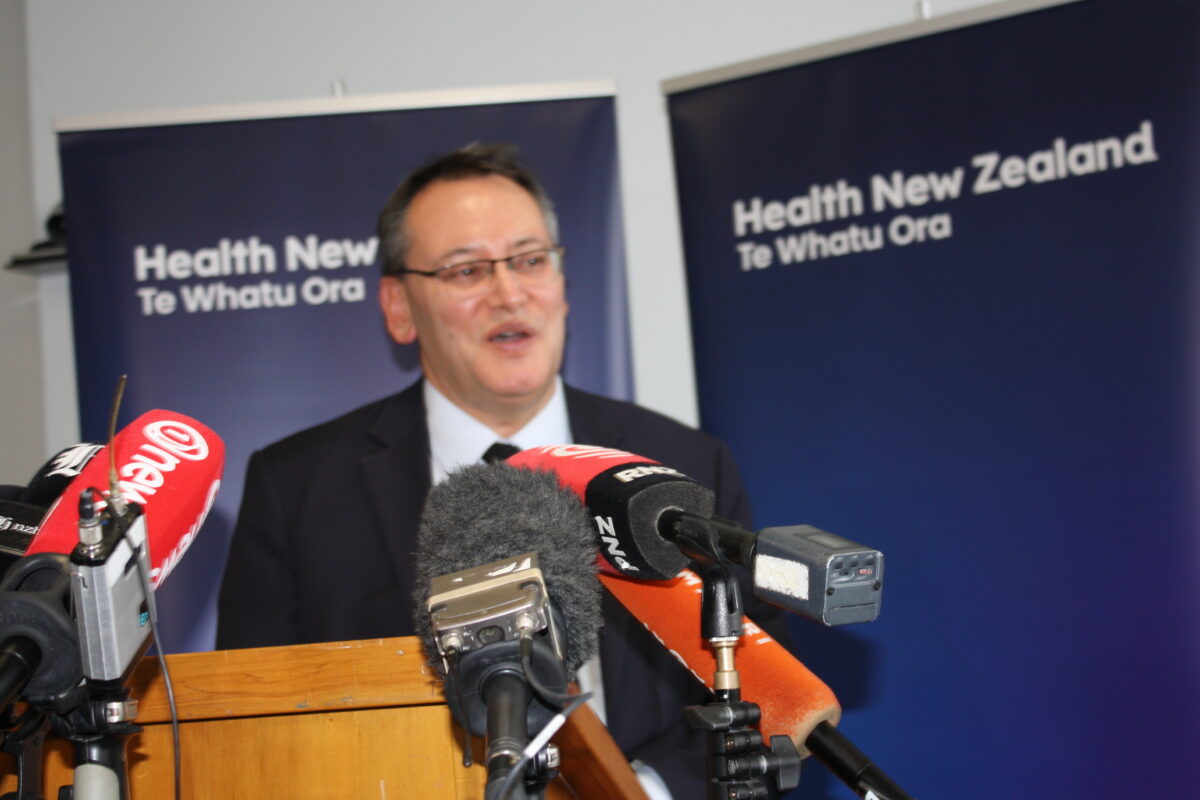AT A GLANCE:
Achieving the health targets
Emergency departments (EDs) target — 95 per cent of patients to be admitted, discharged or transferred within six hours (currently 66 per cent), by:
- Improving patient flow, with short stay units and discharge lounges.
- Better community care with multidisciplinary primary health teams, more virtual health care and “cultural navigators”.
- Stablising urgent, after-hours and rural care with a new funding model.
- Strengthening the workforce including nurses and improve international recruitment.
Cancer targets — 90 per cent of patients to be treated within 31 days (currently 84 per cent), by:
- Making access to cancer care around the country more consistent, with community chemotherapy infusion and stem cell therapy.
- Creating better infrastructure with more radiation devices (LINACs).
- Getting better data.
- Creating a national cancer workforce plan to strengthen the workforce — including advanced practice nursing models of care.
Specialist targets — 95 per cent of patients to wait less than four months for a first specialist assessment (currently 62 per cent), by:
- Creating a new outpatient model without automatic follow-ups.
- Making more use of telehealth.
- Creating nationally consistent guidelines for planned care.
- Improving partnerships with primary health providers.
Elective targets — 95 per cent of patients to wait less than four months (currently 62 per cent), by:
- Minimising planned surgeries being late and cancelled through national guidelines.
- Increasing bed and theatre capacity with new buildings such as Tōtara Haumaru, a facility with 120 beds and 8 theatres at North Shore Hospital currently being built.
- Focusing on long-waiting patients.
- More outsourcing to private hospitals.
Childhood immunisation targets — 95 per cent of children to be fully immunised by two years (currently 78 per cent), by:
- Targeting priority populations.
- Expanding the vaccinator workforce.
- Improving the newborn enrolment system.
- Supporting primary health to invest in best immunisation practice.
- Increasing whānau engagement through community promotion.
More detail can be found in Te Whatu Ora’s achieving the health targets .
Minister of Health Shane Reti, speaking at Hutt Hospital this week, released a “high level” plan for how the Government will speed up emergency departments (EDs), specialist appointments, elective surgery and cancer treatment — as well as boost child immunisation rates.
The plan includes expanding the numbers of beds and operating theatres and greater use of private hospitals. There will also be more access to chemotherapy, radiotherapy and stem-cell transplantation.
But when asked how the initiatives would be funded, Reti confirmed there was no new money.
“[Te Whatu Ora commissioner Lester Levy] has assured me this can be done inside baseline [budget],” he told journalists.
‘Certainly, the targets and all of the things that go with targets are a priority for me.’
Reti said there had been a big “uplift” of $16.7 billion committed to health over the next three years and the new targets would need to be met within that.
He said EDs and other units would need to “staff up” to meet targets, but those decisions would be made locally.
But he had made it clear to both Levy and regional Te Whatu Ora leaders the targets were a priority, Reti said.
“Certainly, the targets and all of the things that go with targets are a priority for me.”
Any “gaming” of the targets — a concern of NZNO’s emergency nurses — would be closely monitored by the Ministry of Health, Te Whatu Ora and the Health Quality and Safety Commission, he said.
Asked about Māori and Pacific people being over-represented in EDs, Reti said would be monitoring that and got advice from the Ministry’s Hauora Māori advisory committee, iwi-Māori partnership boards (IMPBs) and through data collection.
‘Not enough’
NZNO kaiwhakahaere Kerri Nuku said it was unlikely the targets could be met within the current health operating budget — which in real terms unions had calculated equated to a mere 0.4 per cent increase.
‘This is not the reality our nurses are seeing when they are struggling with high workloads and nurses not being replaced.’

“That’s not enough to address staffing issues or achieve the health targets. The simple truth is that health is underfunded and understaffed.”
Nurses and kaiāwhina were constantly describing unsafely staffed workplaces, she said.
“Te Whatu Ora say that they are recruiting more nurses than ever, but this is not the reality our nurses are seeing when they are struggling with high workloads and nurses not being replaced.”
This week, The Post revealed that 91 hospital wards around the country were understaffed for more than half the month of July. They included Starship Hospital’s paediatric intensive care unit (ICU), Waikato Hospital’s ICU, 22 mental health units and 11 EDs — including Rotorua ED, where a woman collapsed and died last month.


